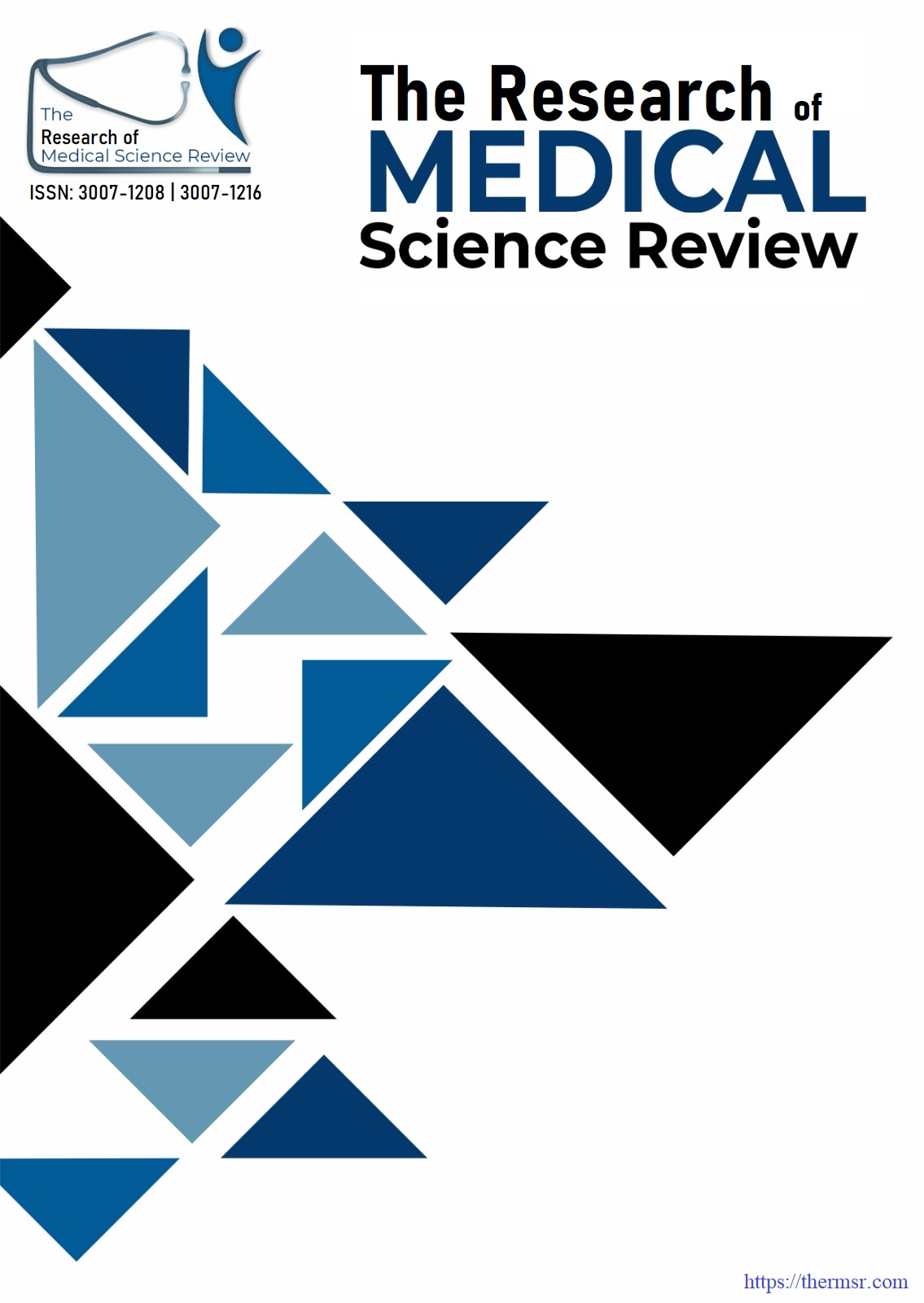ASSOCIATION OF PLATELET COUNT TO SPLEEN DIAMETER RATIO WITH THE DIAGNOSIS OF GASTROESOPHAGEAL VARICES IN PATIENTS OF LIVER CIRRHOSIS
Main Article Content
Abstract
Objective: To Validate the diagnostic accuracy of platelets count to splenic diameter ratio for Gastroesophageal varices in patients with liver cirrhosis taking oesophagogastroduodenoscopy as gold standard. Study Design: Descriptive Cross-Sectional Study Place and Duration of Study: This study was conducted at medicine department (unit 1) Sheikh zayed hospital Rahim yar khan, Punjab, Pakistan from August 2,2024 to February 1 2025. Introduction: Gastroesophageal varices in liver cirrhosis require accurate diagnosis for effective treatment. The platelet count to spleen diameter (PC/SD) ratio shows promise as a non-invasive marker for predicting varices. This study examines the PC/SD ratio's accuracy in identifying varices in cirrhotic patients. The goal is to explore using the PC/SD ratio as a simple diagnostic tool for managing this complication. Methodology: A total of 249 patients diagnosed with liver cirrhosis and presenting to Medicine Department (Unit-I) of Shaikh Zayed Hospital, Rahim Yar Khan from August 2, 2024 to February 1, 2025, who met inclusion/exclusion parameters were recruited. Liver cirrhosis patients aged 18 years and above were evaluated for gastroesophageal variceal using clinical history, biochemical and imaging studies. The EGD examination needed for confirmation and grading of varices according to Westaby’s system was preceded by determining the ratio of platelet count to spleen diameter. Results: A substantial proportion of patients with gastroesophageal varices confirmed their condition via both esophagogastroduodenoscopy (59.0%) and PC/SD ratio (57.4%). The PC/SD ratio was found to be highly accurate in determining gastroesophageal varices with a sensitivity of 85.7%, specificity of 83.3%, positive predictive value of 88.1%, negative predictive value of 80.1%, and an overall accuracy of 84.7% Conclusion: The PC/SD ratio demonstrates excellent sensitivity and specificity in diagnosing GEVs among patients with liver cirrhosis. Its use could improve patient care pathways and could even substitute endoscopy in certain cases, especially in resource constrained settings. Further studies should specify its role in surveillance and monitoring in the at-risk cirrhotic population.
Downloads
Article Details
Section

This work is licensed under a Creative Commons Attribution-NonCommercial-NoDerivatives 4.0 International License.
